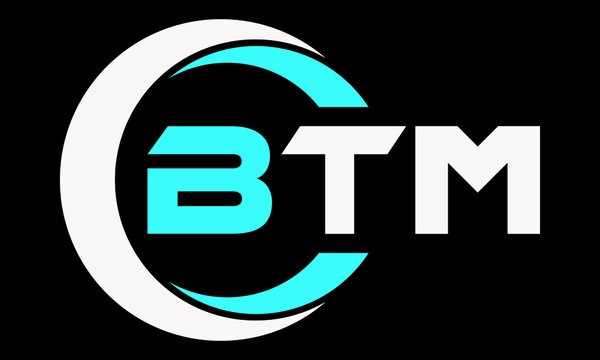The colors and paint jobs of aircraft have a rich and captivating history. What was once purely functional has evolved into an integral element of aviation design. Airline liveries especially have gone through numerous transformations over the decades. Let’s embark on an exploration of the trends and innovations that have led to the stunning aircraft color schemes we see in our skies today.
Early Aviation: Flying the White Skies
In the pioneering early days of aviation, there was little thought given to decorative paint jobs for aircraft. When paint was applied, it was to protect the fabric from weather and wear. Light colors like white and cream were standard, as they reflected heat and kept the aircraft lightweight.
As airmail services began in the 1920s and passenger airlines emerged in the 1930s, white and polished metal schemes remained prevalent. They projected a clean, professional image for these new commercial aviation companies. However, some airlines did begin using color to stand out from competitors.
The Golden Age of Flying Boats and Colorful Props
As long distance air travel became more common in the 1930s, flying boats and seaplanes entered airline service on international routes. Pan American Airways commissioned a bright red and orange “Stratosphere” livery for their Sikorsky S-42 aircraft, capturing imaginations with flight and travel to exotic locales.
Other seaplanes dazzled with art deco detailing, swooping lines, and aluminum finishes. A long time ago, the first planes for passengers were like fancy boats in the sky. The way they were painted, inspired by ships, showed they were for really nice travel. The colors and symbols of airlines were important because they showed who they were, especially when being safe was very important and accidents happened sometimes.
Camouflage and Chrome: Military, Modernism and the Jet Age
World War II required camouflage color schemes on combat aircraft. Tactical deception could be the difference between life and death. Postwar, many airlines returned to minimalist metal fuselage designs. Plane interiors, flight attendant uniforms, and station architecture became visual brand touchpoints.
The jet age of the 1960s brought new opportunities for livery creativity. Paint could now curve cleanly over smoother jet fuselages, unlike the riveted skins of pistons planes.
Painting the Skies: Trends from the 1970s to Today
Braniff continued innovating jet paint schemes into the 1970s, aligning aircraft livery with terminal architecture. Their planes displayed abstract geometric patterns in contrasting colors like blue, orange and green. While Braniff eventually returned to simpler branding, their designs showed the creative possibilities with jet airliners.
The Boeing 727’s tri-engine design enabled more experimentation with tail painting and complex liveries. Many airlines still chose conservative polished metal planes with minimal livery. But others like Southwest Airlines adopted strong color blocking schemes that remain core to their brands today.
In the 1980s and 1990s airlines moved beyond two tone liveries, layering patterns and multiple colors. Geometry and abstraction from the 70s gave way to swooping curves and flowing designs. Aeronautical design firm Scheme Designers brought artistic vision to aircraft liveries and interiors.
Post 9/11, Brand image has taken a back seat to cost savings for some struggling airlines. Newer liveries tend to employ neutral palettes and simple elegant lines hearkening back to the early jet era. But with advances in vinyl wraps and paint technology, customization continues to evolve.
From combat to commerce, the history of aircraft color schemes reflects both the changing culture and technological innovations of aviation. Airlines today must balance brand recognition, maintenance costs, and aesthetic appeal. But whether bold or minimalist, paint transforms an aircraft from mere machine into vision of our aspirations taking flight. These soaring canvasses continue to capture our imaginations.
Key Takeaways
- Aircraft color schemes were purely functional in aviation’s early days, using white and polished metal to save weight and reflect heat.
- As passenger airlines emerged in the 1930s they used color and livery to establish identity and promote luxury air travel.
- Camouflage was essential in WWII while the postwar jet age allowed greater creativity in smoothing flowing paint schemes.
- Braniff’s abstract designs in the 60s and 70s demonstrated the possibilities of jet aircraft liveries and alignment with brand image.
- Airlines today balance brand recognition, cost savings, and visual appeal with more subdued but still elegant liveries.
- From early airmail planes to today’s jets, aircraft paint jobs still captivate the imagination and convey the allure of flight.
Conclusion: The Art of Aerial Design
Aircraft color schemes have evolved from pragmatic protective coatings to an integral artform projecting identity, aspirations and pioneering spirit. Early daring aircraft paint design gave way to cost cutting but livery remains an emblem of aviation’s ingenuity. Today’s elegant aircraft exteriors remind us that above the clouds, in colorful cooperation, we can soar to the highest heights together. The history of aviation paint schemes is as much bold vision as strokes on a canvas, together writing the human saga of taking to the skies.



